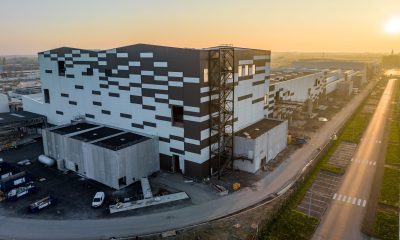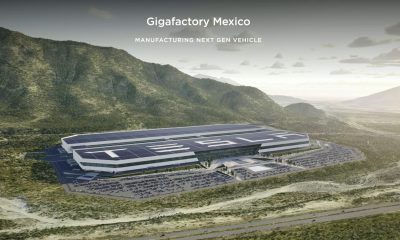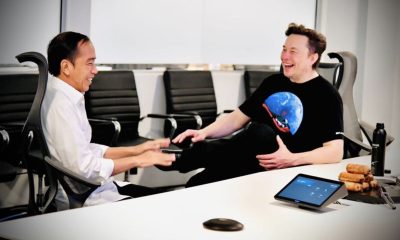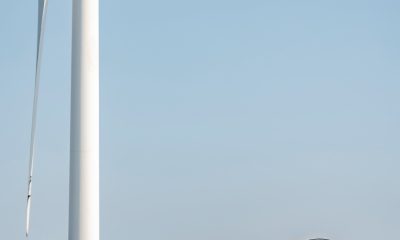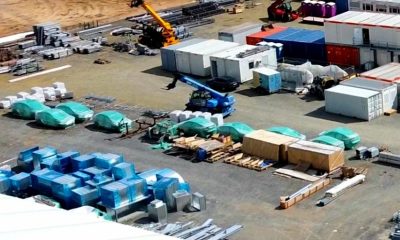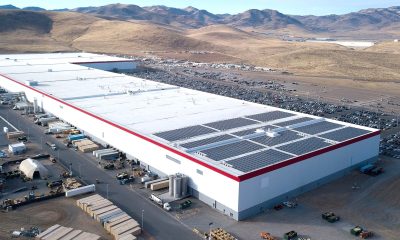News
California fights for one of the Tesla Gigafactory?
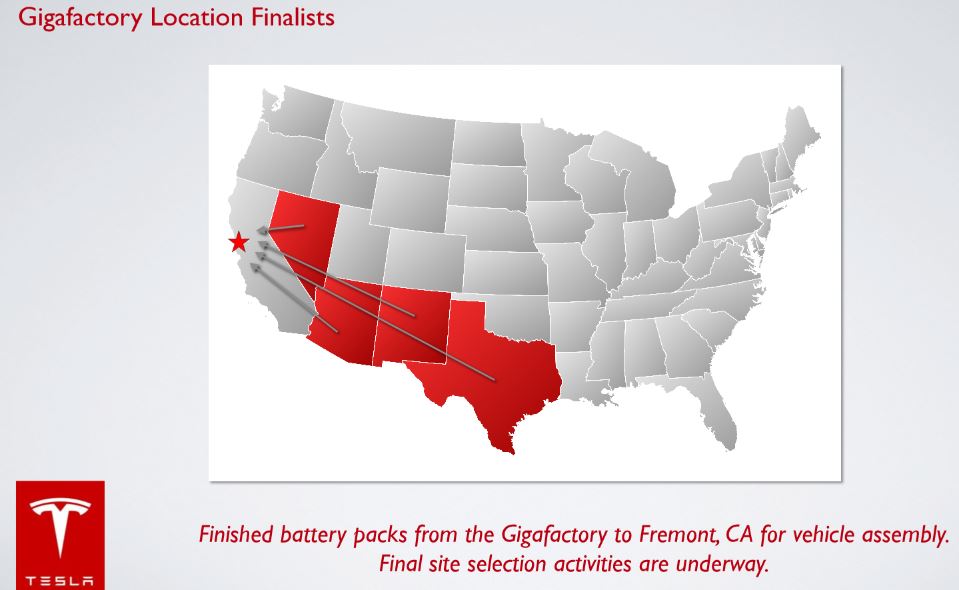
California must be sensing other states are strong contenders to win one of the prized Gigafactory locally. It is vigorously renewing its effort to appeal to Tesla Motors. The question is, does Tesla Motors need to build a Gigafactory in California, or does California need Tesla more?
The Gigafactory and the carrot stick
You have to hand it to Tesla to plan its move with mastership and boldly lead where no company has gone before. The ramification of the Gigafactory, as we covered a while back are very far reaching. Tesla Motors stands to gain a lot from building one of its Gigafactory in Arizona, where it was banned from selling directly, as well as Texas and New Jersey. This might entice these reluctant states to soften their stance on a manufacturer selling cars directly. But what about California? What’s to gain there?
A Gigafactory in California
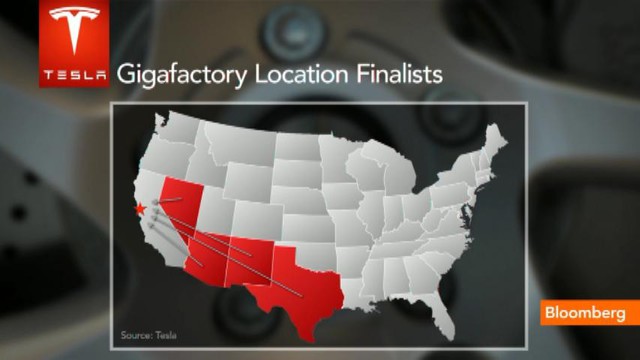
A Gigafactory in California would be good both the company and California, but for different reasons. Tesla would gain even more of a foothold in the state where it was born and thrived. It would gain more authority locally. Lastly, California, is a leading state when it comes to transportation and environmental actions and it needs to sustain that image. On the other hand, Tesla Motors would have a very real means of offering alternative energy and storage locally. It could either sell to utilities, or why not, to consumers directly with a micro-grid. Although California would be a good idea, the same can be said about other states.
ALSO SEE: The strategy behind the state selection of the Tesla Gigafactory
In the end, California would gain more from a Gigafactory than Tesla. The State needs better energy management, not new utilities. It needs to create more jobs and get a grip on its chronic budget mismanagement. It also needs to continually show it is on the leading edge of renewables and alternative energy. The Gigafactory would be a flagship factory the state.
So far, California is courting the Tesla Motors’ Gigafactory with a bipartisan bill, SB 1309 through a team of state senators sponsoring what is termed, an urgency legislation. These officials are Senate President Pro Tem Darrell Steinberg (D-Sacramento) and Ted Gaines (R-Rocklin) Notice a trend here? They are both “expressing intent to provide financial and regulatory incentives to expedite groundbreaking and construction of the plant in California.” , according to the LA Times.
This is a great time to be alive, to witness the unbridled renewal of the automotive industry with industry segments we would have only dreamed of a decade ago. I remember a time when carmakers would sue California for imposing modest environmental measures on their car emissions. Now, states are again working with companies to sustain the local economy. My, how times have changed.
Image source: Bloomberg
News
Tesla explains why Robotaxis now have safety monitors in the driver’s seat
The update to Austin’s safety monitors became a point of interest among Tesla watchers on social media.
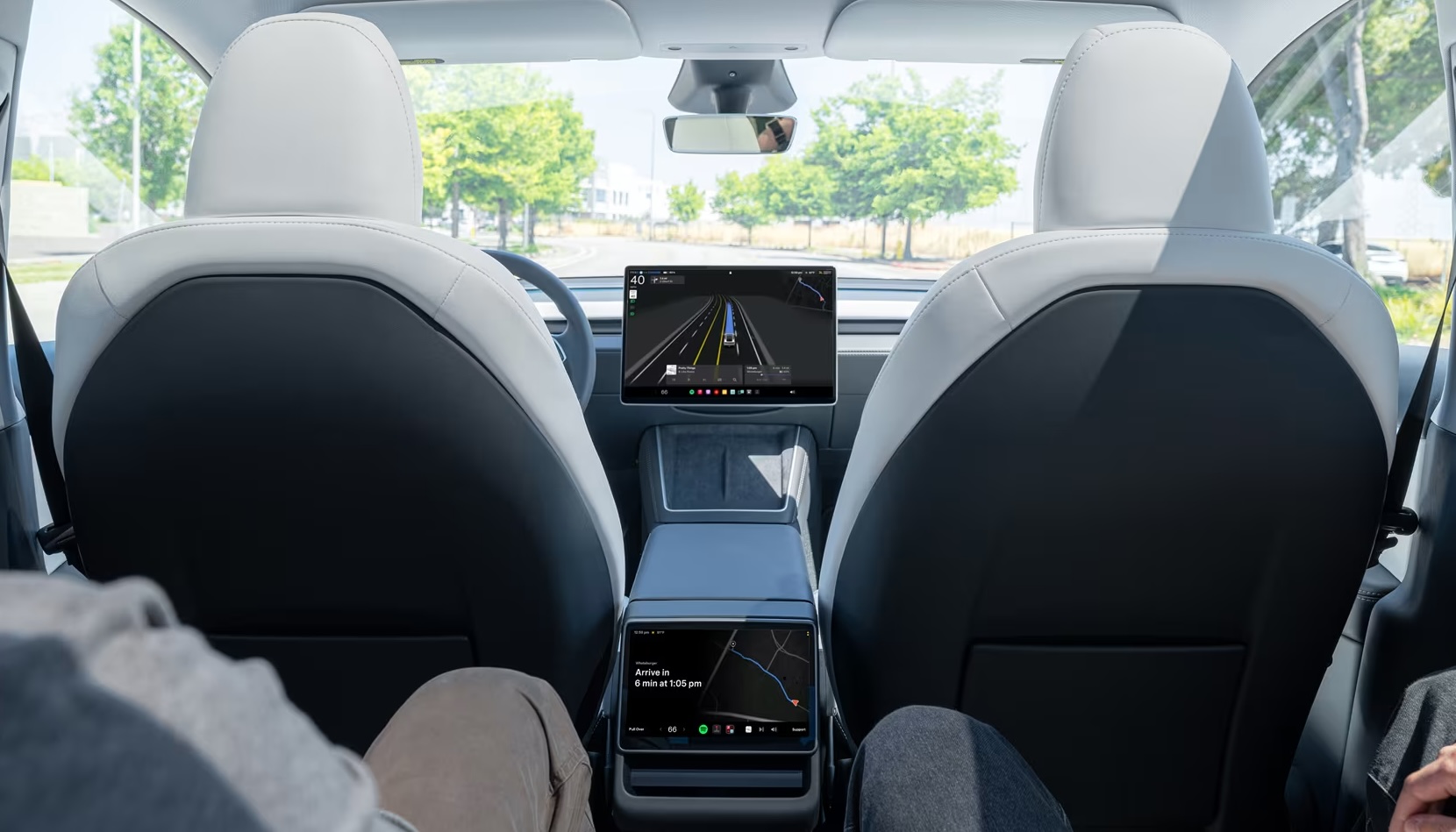
Tesla has provided an explanation about the presence of safety monitors in the driver’s seat of its autonomous Robotaxi units.
The autonomous ride-hailing service is currently being deployed in Austin and the Bay Area, with more cities across the United States expected to gain access to the service later this year.
Safety Monitors
When Tesla launched its initial Robotaxi program in Austin, the company made headlines for operating vehicles without a human in the driver’s seat. Even with this setup, however, Tesla still had safety monitors in the passenger seat of the Robotaxis. The safety monitors, which do not interact with passengers, have been observed to report issues and other behaviors from the autonomous vehicles in real time.
Safety monitors on the driver’s seat were also employed in the service’s Bay Area rollout, though numerous members of the EV community speculated that this was likely done to meet regulations in California. However, with the expansion of the Austin geofence, riders in Tesla’s Robotaxis observed that the safety monitors in the city have been moved to the driver’s seat as well.
Tesla’s explanation
The update to Austin’s safety monitors became a point of interest among Tesla watchers on social media. Longtime FSD tester Whole Mars Catalog, for one, speculated that the move might be due to Texas’ new regulations for autonomous vehicles, which took effect recently. Interestingly enough, the official Tesla Robotaxi account on X responded to the FSD tester, providing an explanation behind the safety monitor’s move to the driver’s seat.
“Safety monitors are only in the driver’s seat for trips that involve highway driving, as a self-imposed cautious first step toward expanding to highways,” the Tesla Robotaxi account noted.
Tesla has been extremely cautious with its autonomous driving program, particularly with the rollout of its Robotaxi service, which use Unsupervised FSD. This is quite understandable considering the negative media slant that Tesla is consistently subjected to, which could very well result in minute incidents or mistakes by Robotaxis being blown out of proportion.
Elon Musk
The Boring Company begins hiring for Nashville’s Music City Loop
Tennessee Gov. Bill Lee expressed strong support for the project.
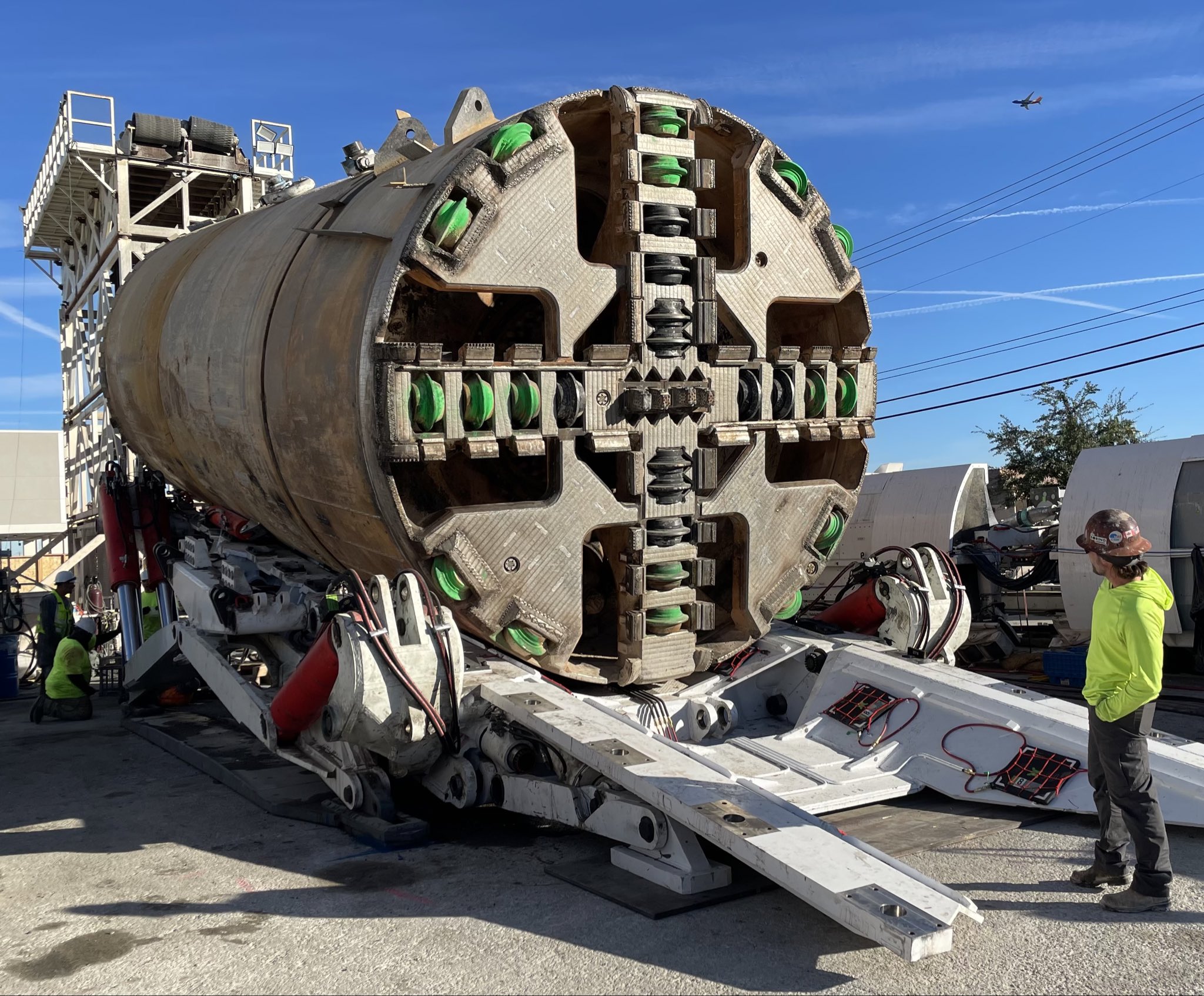
Elon Musk’s The Boring Company has started recruitment efforts for the Music City Loop, an underground tunnel system designed to link downtown Nashville with Nashville International Airport.
Tennessee Gov. Bill Lee expressed strong support for the project, describing it as a cost-free alternative to traditional mass transit systems that could ease traffic congestion in the city. Initial digging began in mid-August, with visible progress reported by September 1, as noted in a WKRN report.
Job creation and project scope
The Boring Company is currently seeking engineers, electricians, mechanics, and operations coordinators as part of its hiring drive for the Music City Loop in Nashville. Gov. Lee emphasized that unlike large-scale transit projects that typically cost billions, the tunnel system will not burden taxpayers.
“We’ve been trying to find ways, Metro Nashville has in particular, to develop transit in the city for a long time. It costs billions and billions of dollars to build out transit systems. We now have an opportunity to have a transit system that costs the taxpayers nothing,” Lee said, calling the effort the fast lane to the city’s future.
The Music City Loop aims to provide a quick and efficient link between the city center and the airport, similar to The Boring Company’s other tunnel projects like the Las Vegas Convention Center Loop. Officials have praised the company for cooperating with state permitting and regulatory requirements, suggesting that the Nashville Loop project is advancing in line with established processes.
Community reactions and concerns
While officials are optimistic, community response has been mixed. Some residents have raised concerns about the speed of approval and a lack of public discussion before construction began.
Nashville resident Taylor John cited environmental impacts and worries that the tunnel could primarily serve tourists rather than local commuters. “I have a lot of concerns, first of all, by how fast this decision was made, I don’t think there was a lot of discussion from the members of the community before this decision was made. It’s going to impact us,” the resident stated.
Others, however, see the project as an innovative leap forward. “There’s a whole untapped potential underneath our feet,” resident Nathaniel Lehrer stated. “Anything that can save time when picking up family or friends or you need to catch a flight, it’d be an awesome option to have.”
News
Miami Beach Mayor considering Elon Musk’s Boring Company tunnels
Miami Beach faces unique constraints, including chronic flooding, porous limestone foundations, and its low elevation near sea level.
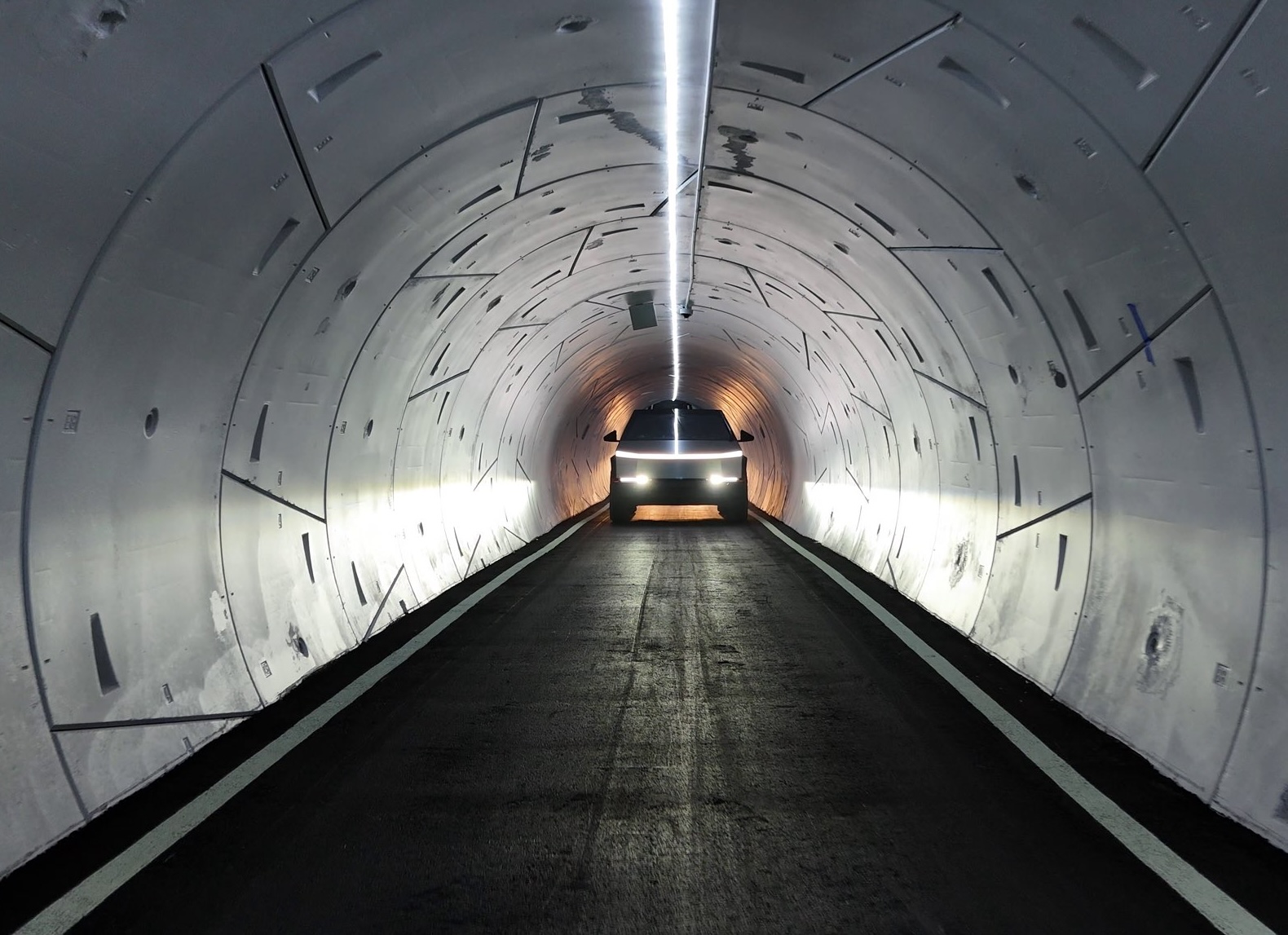
Miami Beach Mayor Steven Meiner has asked city commissioners to consider whether underground transit tunnels could be a feasible solution to the city’s worsening traffic.
The proposal reflects growing interest in exploring unconventional transit options, especially after city leaders rejected plans to extend the downtown Miami Metromover to South Beach.
New transit alternatives
In a memo, Meiner noted that his request is not tied to a single project but is intended to open a broader discussion on engineering challenges, environmental impacts, potential funding, and integration with existing transit systems. Miami Beach faces unique constraints, including chronic flooding, porous limestone foundations, and its low elevation near sea level, according to Axios.
The tunnel idea is not entirely new. In 2022, Meiner suggested reaching out to Elon Musk’s The Boring Company to discuss potential projects, citing the firm’s work on the Vegas Loop in Las Vegas. At the time, the city passed a resolution to study tunnels further, though it remains unclear whether any formal discussions with the tunneling startup actually took place.
Previous proposals
The Boring Company has shown interest in South Florida before. In 2021 and 2022, it submitted plans for Tesla-powered tunnel systems in Fort Lauderdale and North Miami Beach. While the Fort Lauderdale project was later suspended, reports suggest the North Miami Beach proposal remained active into 2023. Musk also met with Miami Mayor Francis Suarez in 2021 to discuss tunnel systems, though no progress has been reported since.
The Boring Company has garnered some experience with consumer tunnels over the years, thanks in no small part to the Las Vegas Convention Center and Vegas Loops, which use Tesla vehicles. The greater Vegas Loop is still being expanded today, and efforts are underway to transition the Teslas being used in the tunnels to use Unsupervised FSD.
-

 News5 days ago
News5 days agoTesla is overhauling its Full Self-Driving subscription for easier access
-
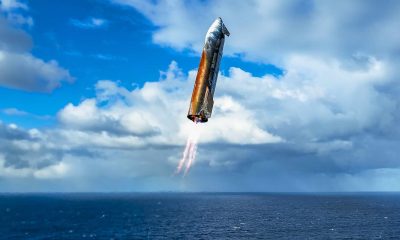
 Elon Musk6 days ago
Elon Musk6 days agoElon Musk shares unbelievable Starship Flight 10 landing feat
-
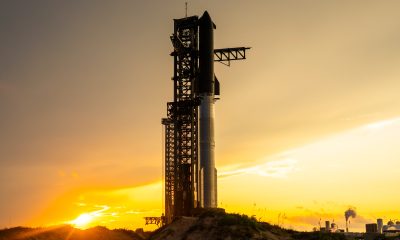
 Elon Musk7 days ago
Elon Musk7 days agoElon Musk reveals when SpaceX will perform first-ever Starship catch
-
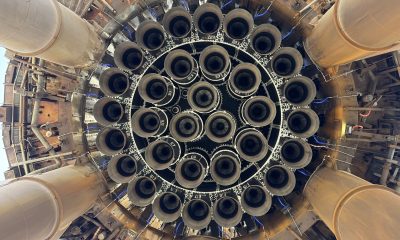
 Elon Musk1 week ago
Elon Musk1 week agoSpaceX Starship Flight 10 was so successful, it’s breaking the anti-Musk narrative
-
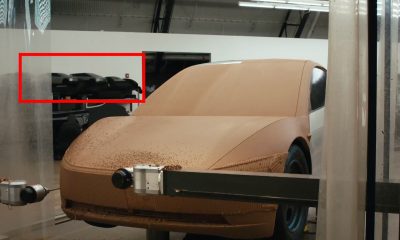
 News3 days ago
News3 days agoTesla appears to be mulling a Cyber SUV design
-
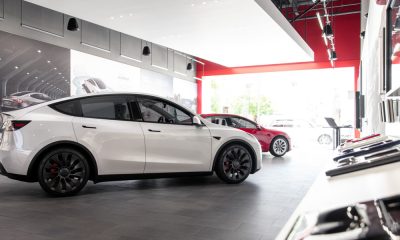
 News6 days ago
News6 days agoTesla expands crazy new lease deal for insane savings on used inventory
-
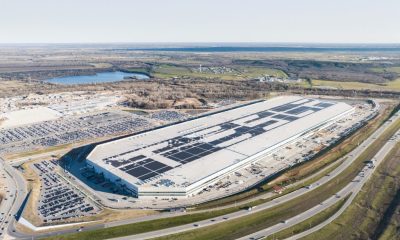
 News6 days ago
News6 days agoTesla talks Semi ramp, Optimus, Robotaxi rollout, FSD with Wall Street firm
-
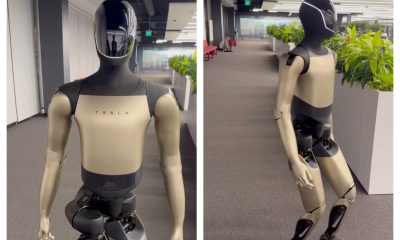
 Elon Musk21 hours ago
Elon Musk21 hours agoTesla’s next-gen Optimus prototype with Grok revealed


